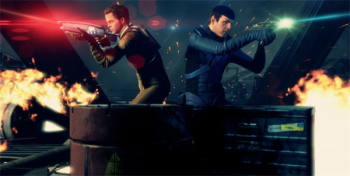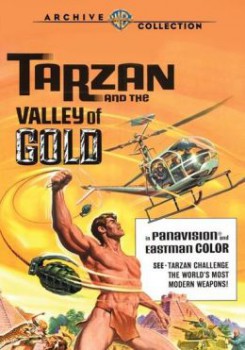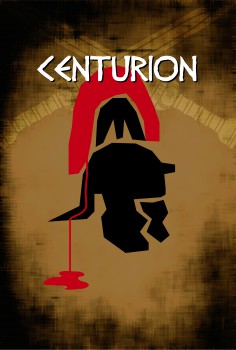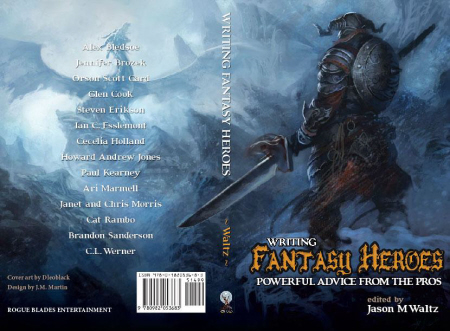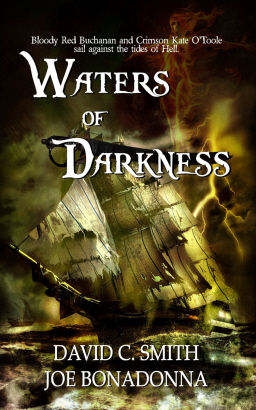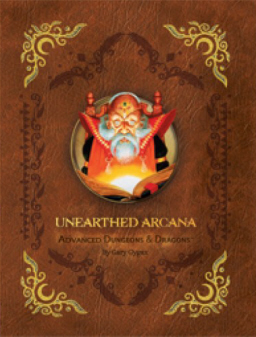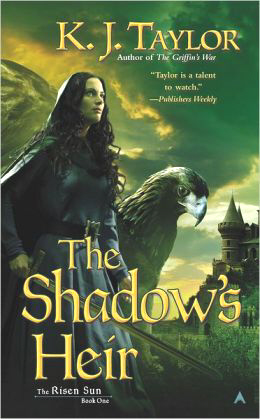Spring 2013 Issue of Subterranean Magazine now Available
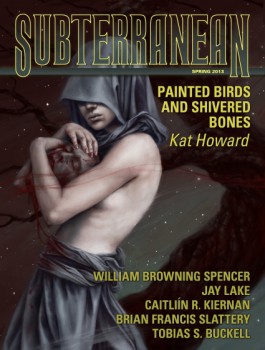 Subterranean is a terrific magazine. You’d think that a quarterly publication schedule would give me plenty of time to read each issue, but no — I’m still finishing the Winter issue, dang it.
Subterranean is a terrific magazine. You’d think that a quarterly publication schedule would give me plenty of time to read each issue, but no — I’m still finishing the Winter issue, dang it.
Nonethless, we have a job to do here. And that job is to tell you all about the sumptuous contents of the latest issue, even if we can’t read it yet (sob).
Here’s the complete table of contents:
- “The Seafarer,” by Tobias S. Buckell
- “Painted Birds and Shivered Bones,” by Kat Howard
- “A Stranger Comes to Kalimpura,” by Jay Lake
- “The Indelible Dark,” by William Browning Spencer
- “The Prayer of Ninety Cats,” by Caitlín R. Kiernan
- “The Syndrome,” by Brian Francis Slattery
Subterranean Press recently announced a fresh crop of fabulous fantasy, including The Bread We Eat in Dreams by Catherynne M. Valente, The Best of Joe Haldeman, edited by Jonathan Strahan and Gary K Wolfe, Five Autobiographies and a Fiction by Lucius Shepard, and many other delights. Get the latest at their website.
Subterranean is edited by William Schafer and published quarterly. The Spring 2013 issue is completely free and available here; see their complete back issue catalog here. We last covered Subterranean magazine with their previous issue, Winter 2013.
